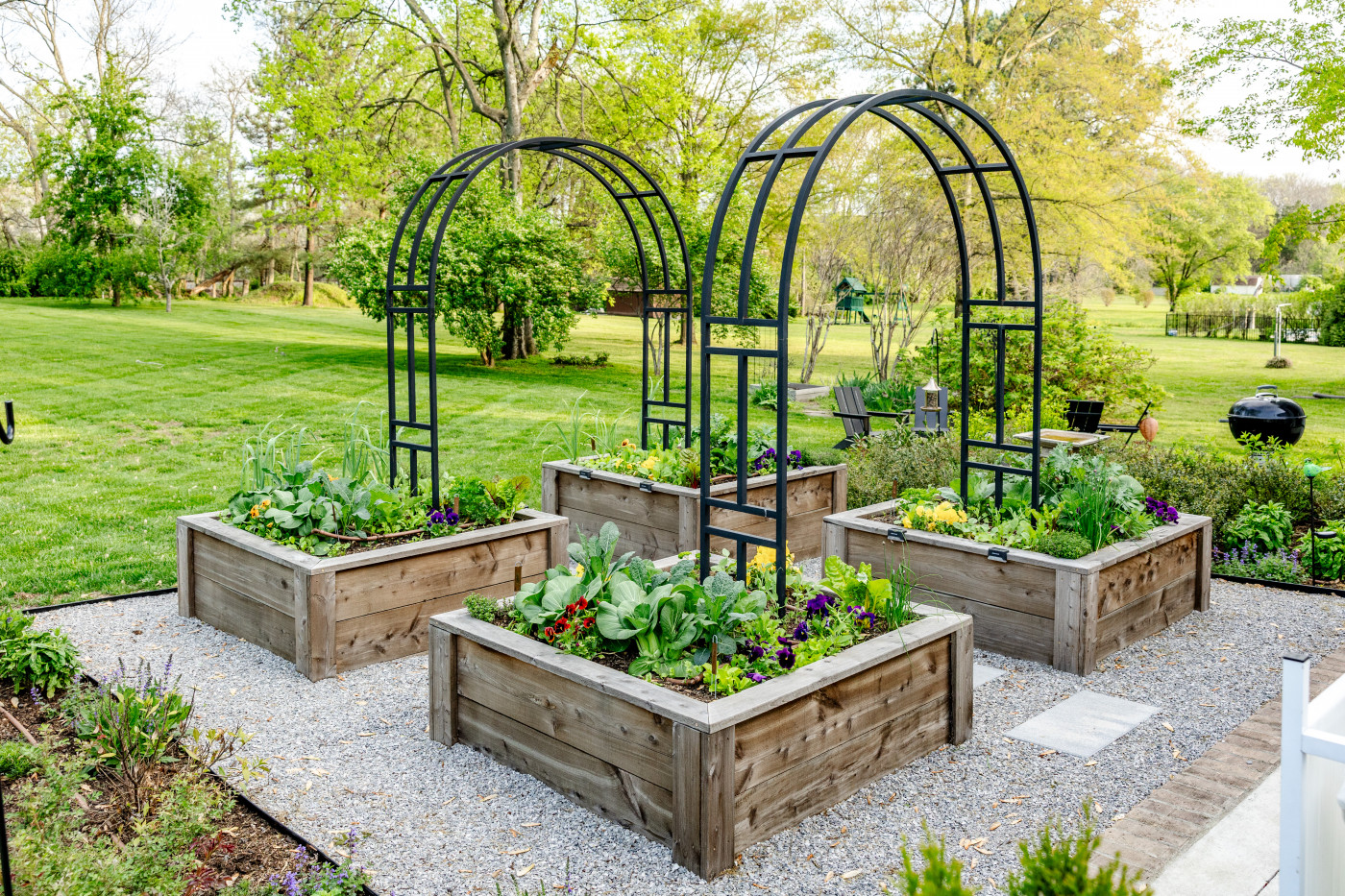Introduction
Setting up a garden plot is an exciting way to grow your own fresh vegetables, herbs, and flowers. Whether you have a spacious backyard or a small balcony, creating a garden plot brings numerous benefits including improved nutrition, physical activity, and mental well-being. This guide will walk you through the essential steps to successfully set up a garden plot with expert tips, practical advice, and clear instructions. From selecting the right location to preparing the soil and choosing plants, you’ll gain the confidence to start your gardening journey with ease.
Choosing the Ideal Location for Your Garden Plot
Why Location Matters
The success of your garden largely depends on its location. Plants need the right amount of sunlight, good drainage, and protection from strong winds to thrive.
Key Factors to Consider
- Sunlight Exposure: Most vegetables require at least 6-8 hours of direct sunlight daily. Observe your yard throughout the day to identify sunny spots.
- Soil Drainage: Avoid areas where water pools after rain. Well-drained soil prevents root rot and fungal diseases.
- Accessibility: Choose a spot near a water source and close enough for easy maintenance.
- Protection: Consider natural windbreaks or structures to shield plants from harsh winds.
Pro Tip
Use a compass or smartphone app to track sun patterns and ensure your garden gets adequate light.
Preparing Your Garden Plot: Soil and Layout
Clearing and Marking the Plot
Start by removing grass, weeds, and debris from your selected area. Use stakes and string to outline the plot, keeping dimensions manageable—typical plots range from 4×4 to 10×10 feet.
Soil Testing and Improvement
Testing your soil helps determine pH and nutrient levels. You can purchase a soil test kit or send samples to a local extension service.
- Ideal pH: Most vegetables prefer slightly acidic to neutral soil (pH 6.0-7.0).
- Amending Soil: Add organic matter like compost or well-rotted manure to improve fertility and texture.
- Tilling: Loosen the soil to a depth of 8-12 inches to enhance root penetration and aeration.
Designing Your Garden Layout
Plan rows or raised beds depending on space and preference. Raised beds improve drainage and reduce soil compaction.
- Spacing: Leave enough room between rows or beds for walking and maintenance.
- Companion Planting: Group plants that benefit each other to maximize growth and pest control.
Selecting Plants and Starting Seeds
Choosing the Right Plants
Select plants suited to your climate, soil, and sunlight. Beginners often start with easy-to-grow vegetables like lettuce, radishes, tomatoes, and herbs.
Starting Seeds Indoors
Starting seeds indoors extends your growing season and improves germination rates.
- Use seed trays with quality potting mix.
- Provide warmth, moisture, and light.
- Harden off seedlings by gradually exposing them to outdoor conditions before transplanting.
Direct Sowing
Some crops like beans, carrots, and peas grow best when sown directly into the garden plot.
Maintaining Your Garden Plot for Healthy Growth
Watering Best Practices
Consistent watering is crucial, especially in the early stages.
- Water deeply and less frequently to encourage strong roots.
- Use drip irrigation or soaker hoses to conserve water and reduce disease risk.
Weed and Pest Management
- Regularly remove weeds by hand or with a hoe.
- Use organic mulches to suppress weeds and retain soil moisture.
- Employ natural pest control methods like introducing beneficial insects or using neem oil.
Fertilizing and Soil Care
Feed your plants with balanced fertilizers or organic options like compost tea.
- Follow label instructions to avoid over-fertilizing.
- Rotate crops annually to maintain soil health and reduce pests.
Conclusion
Setting up a garden plot is a rewarding project that brings fresh produce and joy to your home. By carefully selecting the location, preparing the soil, choosing suitable plants, and maintaining your garden with effective care, you set yourself up for gardening success. Remember, gardening is a learning process—observe your plants, adapt techniques, and enjoy the connection with nature. Start small, stay consistent, and watch your garden flourish into a vibrant, productive space.
